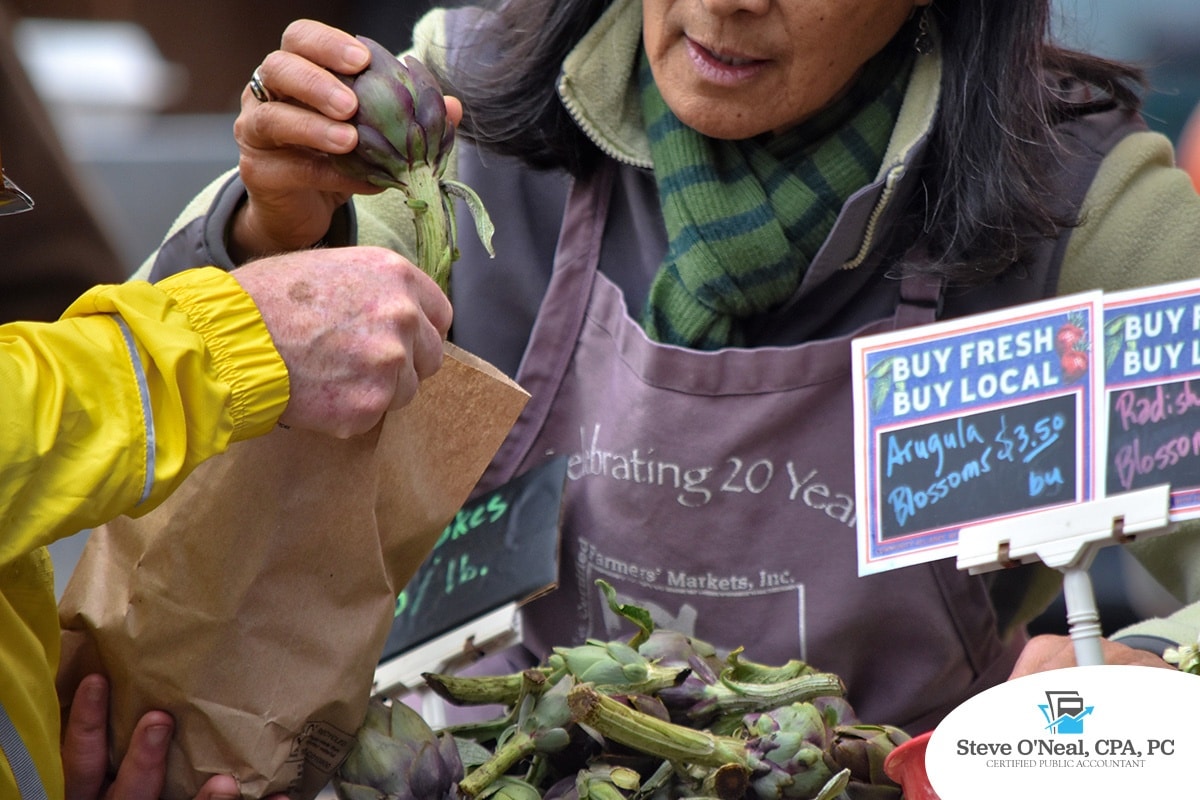President Donald Trump signed into law the Consolidated Appropriations Act, 2021 on December 27th, 2020. The Act allocates $325 billion specifically for small business economic aid.
Among many other things, The Act provides for economic aid for American businesses struggling to cope with economic hardships resulting from the COVID-19 pandemic. As part of the Consolidated Appropriations Act, 2021 Congress passed the Economic Aid to Hard-Hit Small Businesses, Nonprofits and Venues Act which modifies and reauthorizes both the Paycheck Protection Program (PPP) as well as the Economic Injury Disaster Loan Program (EIDL).
Here, we will take a look at basic PPP program information as well as free tools and resources you can use to determine which funding program is right for you and your business. It’s also recommended that you consult your CPA or other financial professional.
2021 PPP Funding
For the 2021 PPP program, applications for funding will fall into one of two categories:
1. First Tranche PPP loan – if your business has never received PPP funding.
2. Second Tranche PPP loan – if your business received PPP funding during the previous funding cycle.
Whether your application will be for first or second tranche is an important distinction.
Borrowers applying for their first PPP loan will be eligible based on the CARES ACT passed in 2020.
According to the 2021 Act, businesses will be able to apply for a “second helping” of PPP funding if they received previous PPP funds however, the eligibility criteria for Second Tranche PPP funding will, generally speaking, be more restrictive.
Funding Criteria to Be Aware Of
- An applicant applying for a second PPP loan (Second Tranche) must certify that they will have used the full amount from their first PPP loan before the funds from their second PPP loan are disbursed.
- Applicants must be able to demonstrate that they suffered a 25% reduction in gross receipts for at least one quarter of 2020 when compared to a corresponding quarter of 2019.
- Applicants must employ no more than 300 employees. If a business has multiple locations, the limit of employees is raised to 500. For businesses with more than one physical location, the maximum PPP loan amount is capped at $2 million.
Resources
Below are resources you can use to find additional information on COVID-19 disaster assistance funding and even receive guidance from agency advisors to help you determine which funding options may be available to your business.
The Oklahoma Department of Commerce works with nonprofits, universities, companies and government leaders to bring economic development opportunities to Oklahoma. You can find a list of the COVID-19 resources they offer here.
The Oklahoma Small Business Development Center (SBDC) provides business advisors to Oklahoma-based business owners and entrepreneurs. Click here to receive assistance from the SBDC with disaster loan applications.
For businesses based in Arkansas, the Arkansas Economic Development Commission can be a great resource. Their COVID-19 resources can be found here.
Conclusion:
Many local businesses relied on PPP and EIDL funding to help them survive during the pandemic. Getting your business in line for funding could be the difference between your business surviving or having to shut down.
There are many factors to consider when applying for economic recovery funding. While the information here is enough to get you started, it’s important to consult your CPA or financial professional to determine what type of funding is best for your business.
Steven O’Neal, CPA has over 25 years of experience helping clients with tax planning and tax preparation. Contact Steven O’Neal, CPA today at 918-775-9602 or at [email protected].
Written by Lance Montgomery
Powered By Megaphone Pro Solutions



